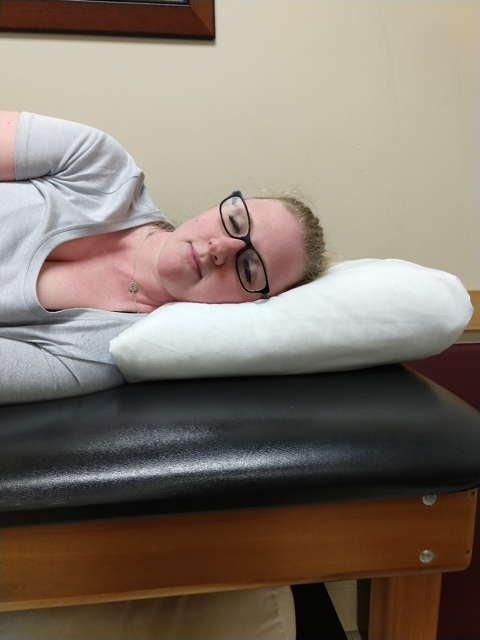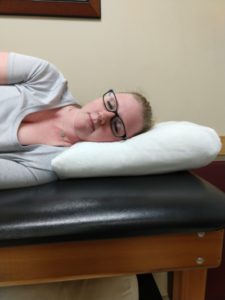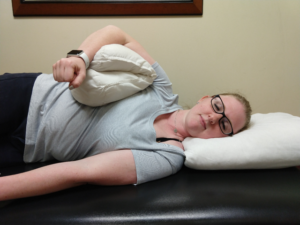Premier Orthopaedics surgeon, Dr. Jonathan Garino, performed back-to-back procedures on a couple who have been married for 54 years! They shared their same-day surgery journey at the MUVE Center with @6ABC. Watch the incredible story below. Read the full ABC6 story...
LATEST BLOGS
What are Non-Surgical Treatment Options for a Herniated Disc
The spine consists of 26 bones called vertebrae and between them are cushion-like pads called “intervertebral discs”. The discs serve as shock absorbers for the vertebrae and help provide stability to the spine. When one of these intervertebral discs loses its normal...
Everything You Need to Know About Plantar Fasciitis
Plantar fasciitis is the most common diagnosis for those experiencing heel pain, with almost 2 million people seeking treatment for this condition each year according to the American Academy of Orthopaedic Surgeons. It involves inflammation of a thick band of tissue...
Best Sleeping Positions for your Neck and Back

Sleeping can be a real pain the neck. It takes only a small amount of discomfort to disrupt your sleep. One of the most common problems patients come to PT for is neck pain, which is made worse by lying down. There are a few simple fixes that might just help you get 8 hours tonight.
POSITION 1: Don’t sleep with your head propped up too high, or sinking too low.
This may seem obvious, but if your neck is in an uncomfortable position in the moments you are falling asleep, it’s only going to get worse once you have fallen asleep. While lying on your side, your neck should be parallel to the surface of the bed. You can achieve this by use of a single, moderately firm pillow. If you are a larger individual, 2 pillows may be required.


This will keep your head and neck in proper alignment, reducing stress placed on either side of the neck. The same pillow arrangement will be beneficial while lying on your back.
POSITION 2: Before sleeping, place a folded pillow in between your top arm and side.
Folding a pillow and placing it under your arm will reduce the amount of stretch in your upper trapezius muscle. Your upper traps stretch from the base of your skull to the top of your shoulder. This muscle is often responsible for both neck and shoulder pain. Taking pressure off this muscle will likely relieve any tension and discomfort you feel.

Stretch your neck prior to sleeping.
As previously mentioned, tight neck muscles can create pain while trying to sleep. Stretching out these muscles prior to bed can make you feel much better. Here are two stretches I find helpful. If you have pain with either of these, please stop.
Upper Trap Stretch:
Start by sitting upright on a chair. Next, try to bring your right ear to your right shoulder, you should feel a stretch on the left side of your neck. If you do not feel a stretch, reach down with your left hand and grab the edge of your seat. This will stretch your upper trap further. Hold for 30 seconds on each side, repeat 3 times.

Levator Scapulae Stretch:
The levator scapulae is another muscle that can get tight and create neck pain. Sitting upright in a chair, bring your nose towards your left armpit. This is not a practical joke. You should feel a stretch between your neck and your shoulder blade. Hold 30 seconds, then perform on the other side. Try 3 holds on each side.

Try these tips, and let us know when they improve your sleep!
Chris Donohue, PT, DPT, CSCS
Premier Orthopaedics
Learn more about Premier Physical Therapy here.
